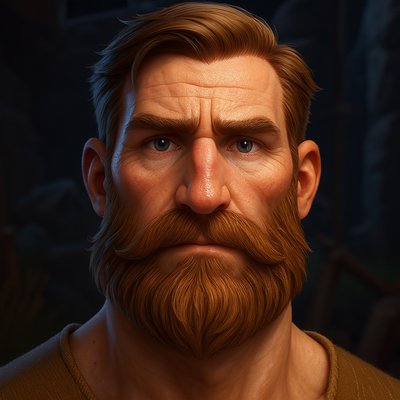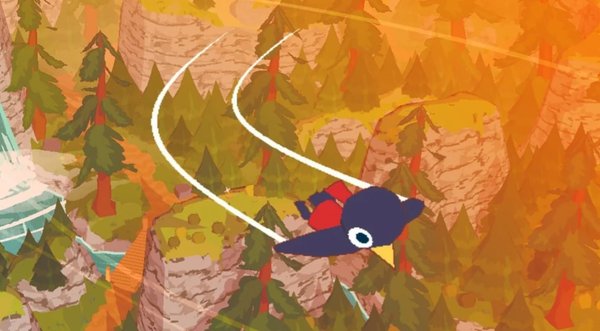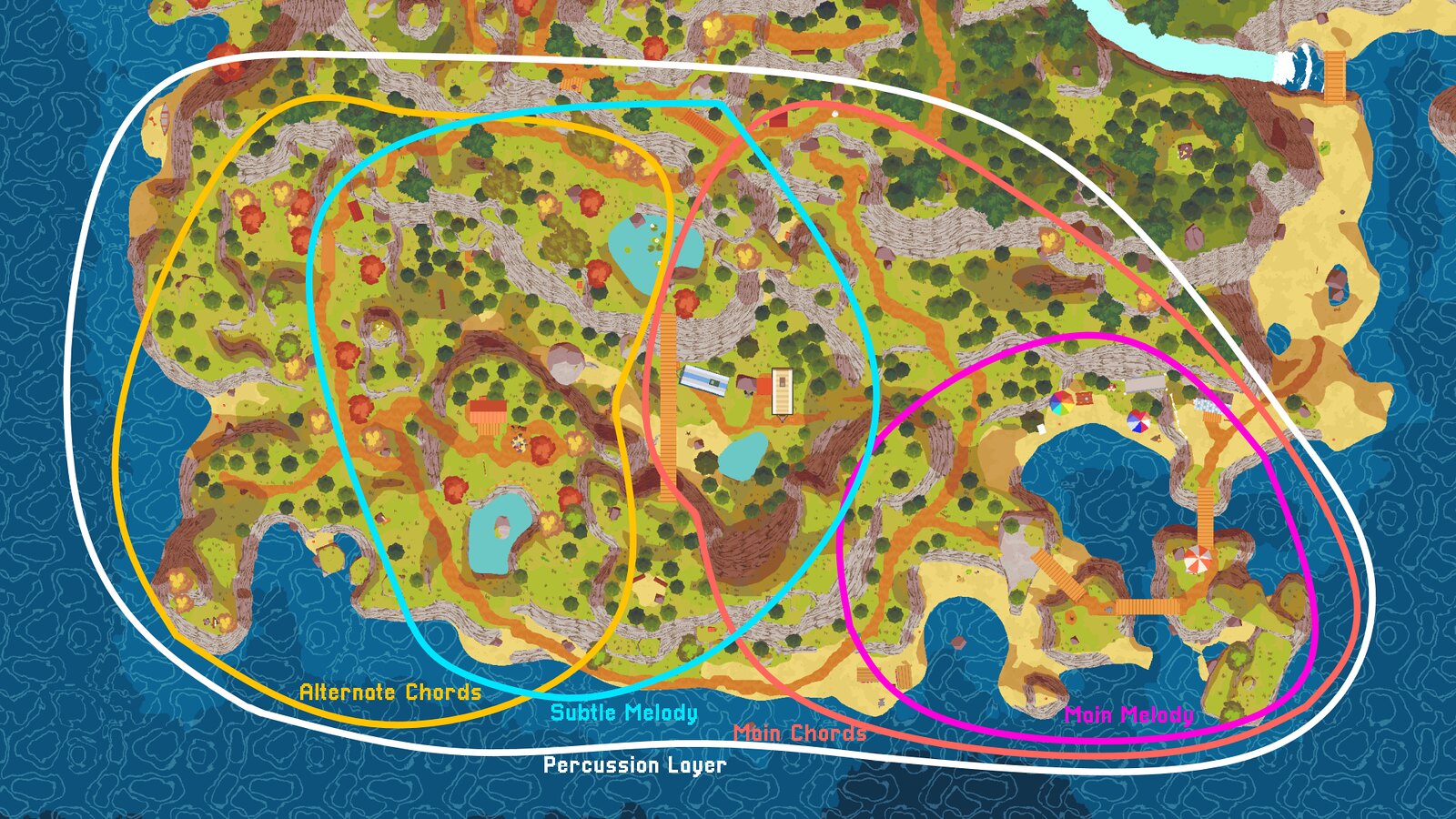The Art of Indie Game Design: Crafting Visual Delight with Limited Resources

In this blog post, we will explore how indie game developers can leverage their strengths to create engaging art styles that not only capture player attention but also enhance the overall gaming experience. By examining Adam Robinson's innovative approach in his game "A Short Hike," we’ll provide practical tips and insights that can inspire your own artistic direction, regardless of your resource constraints.
Table of Contents
Do you know this game here?

It's an amazing game, made by Adam Robinson and today we will explore how indie game developers can leverage their strengths to create engaging art styles that not only capture player attention but also enhance the overall gaming experience.
1. Crafting a Unique Art Style
Creating a distinctive art style is crucial for indie games. It sets the tone, engages players, and helps your game stand out in a crowded market. Adam Robinson's "A Short Hike" is a fantastic example of how to turn limitations into advantages. As a primarily solo developer, he understood his strengths and challenges and designed a visual experience that felt both rich and inviting.
The game's aesthetic combines pixel art with a minimalistic design, utilizing bold colors and interesting shapes to create a whimsical, charming world. Robinson embraced his programming background and leveraged simpler models, allowing him to populate this tiny paradise with numerous interactive elements and characters.

1.1. Emphasizing Your Strengths
One major takeaway from Robinson's experience is the importance of embracing your strengths. If you're more comfortable with programming than art, don't feel pressured to produce elaborate graphics. Instead, focus on creating a captivating overall aesthetic. In "A Short Hike," Robinson used pixel art to convey a sense of nostalgia while maintaining graphical simplicity.
TIP: Reflect on your skills and select an art style that complements your strengths. For example, if you have experience with 3D models, a low-poly style may suit your capabilities while still providing a robust visual experience.
2. Developing Your Visual Language
After establishing your art style, the next step is to create a cohesive visual language. This involves careful consideration of color palettes, shapes, and overall tone. Robinson drew inspiration from real-life locations, such as the Canadian Shield's vibrant landscapes, to develop an atmospheric color palette. He sampled colors directly from photographs to ensure that the game conveyed the desired mood effectively.
Finding a balance between structure and freedom in your visual design is vital. Robinson's game world allows for numerous paths and exploration while maintaining visual cues that guide players. He skillfully used landmarks, visual motifs, and environmental context to provide subtle guidance to the player without feeling prescriptive.
IMPORTANT!: Be mindful of the emotional response that colors and designs can evoke. Colors can instill feelings of warmth, adventure, or mystery, so align them with your overall game narrative to enhance immersion.

2.1. Iterating on Your Visual Elements
Creating a game's art is an iterative process. Test, tweak, and revisit your designs as you progress. Robinson frequently experimented with lighting and color effects to polish the game's final aesthetic. For instance, he employed a custom shader to maintain a flat appearance across various textures, producing a cleaner and more cohesive visual.
When iterating your design, list out elements that can be reviewed or modified:
• Adjust color saturation and contrast.
• Experiment with different lighting setups.
• Evaluate the effectiveness of your shapes and textures.
Note: It can be helpful to have feedback sessions with peers or other developers at various stages of your design—this helps you gain fresh perspectives and can lead to valuable insights.
3. Effective Level Design

Robinson's game focuses on exploration and discovery, making level design crucial. The island in "A Short Hike" is designed to encourage players to wander and get lost, a central theme of the game. However, Robinson had to introduce elements that guided players back to their objectives without diminishing the sense of freedom.
He employed several clever techniques, such as visual landmarks and environmental cues, to hint at the player’s next steps, allowing exploration without frustration. For instance, he incorporated natural barriers that players could only bypass after gaining certain abilities—this encourages exploration while ensuring players remain engaged with the game's mechanics.
3.1. Design with Flexibility in Mind
Robinson structured his design with flexibility, creating a rich flow of content while allowing players to explore at their own pace. He created a rough design document outlining key areas and experiences, which enabled him to maintain a strong structure while allowing room for player autonomy.
TIP: Establish a well-defined scope for your game while allowing for flexibility. By setting up a core path, you can still incentivize exploration without sacrificing the player experience.
4. Building A Community Engagement Through Visual Appeal
Once you have crafted a visual experience that captures players' attention, you need to engage with them. Social media platforms, especially Twitter, can be valuable for connecting with potential players. Robinson actively shared updates about his game, showcasing development progress, eye-catching screenshots, and engaging GIFs to maintain interest.
The key to successful engagement is to present your game visually—let the art speak for you! Highlight unique elements in your game that differentiate it from others, and ensure your branding stays consistent across platforms.
IMPORTANT!: Use visuals to tell a story about your game, allowing potential players to see the world you're building before they even play it. Customers are often drawn to aesthetics, and your artwork can spark interest in those who browse through crowded social media feeds.
4.1. Create Shareable Content

Harness the power of shareable content to generate buzz around your game. Robinson created a press kit to share with journalists and influencers. This included his artwork and development story, allowing them to better understand his vision. Ensure clear communication about what makes your game unique, along with high-quality images to catch attention.
Note: When creating shareable content, think about what captures your audience's imagination. Focus on themes, emotions, or gameplay mechanics that resonate with your target demographic.
5. Conclusion: Making Your Mark in the Indie World
Building a visually appealing indie game doesn’t have to be a mammoth undertaking. By recognizing your strengths, iterating effectively, and creating a strong community presence, you can craft an engaging and captivating gaming experience. Robinson's journey with "A Short Hike" illustrates the power of imaginative design coupled with strategic planning and community engagement.
Take these insights to heart as you venture into your game development journey. Every great game starts with a vibrant vision and the courage to explore uncharted territories, just like the player navigating the serene landscapes of "A Short Hike." Let's get started on creating your artistic masterpiece!
If you have any questions or need further guidance, feel free to reach out. Your adventure awaits!
Final Tip: If you want to learn more about this subject, I recommend This Amazing Talk HERE, that I used as the main reference for this blog post.
Table of Contents
The Engine That Listens
Developed by indies, for indies — with direct support from the creators.
Learn MoreRecent Posts
From Prototype to Release: Navigating Indie Game Marketing
In the competitive world of game development, getting your game noticed is a challenge. This blog post will break down the marketing strategies used for "A Short Hike," including effective social media use and press outreach. You’ll learn practical tips for building anticipation for your games, leveraging community feedback, and navigating the release process to maximize visibility and engagement.
Nurturing Your Game: Best Practices for Ongoing Engagement
In this blog, we delve into strategies for keeping your game relevant post-launch. Topics will include the importance of regular content updates, community engagement, and cultivating a sense of belonging for players to ensure they stick around for the long haul.
Crafting Your First Indie Game: Lessons from 1849's Journey
Learn the key strategies for indie game development inspired by Matthew's experience with 1849, focusing on preparation, marketing, and community engagement.